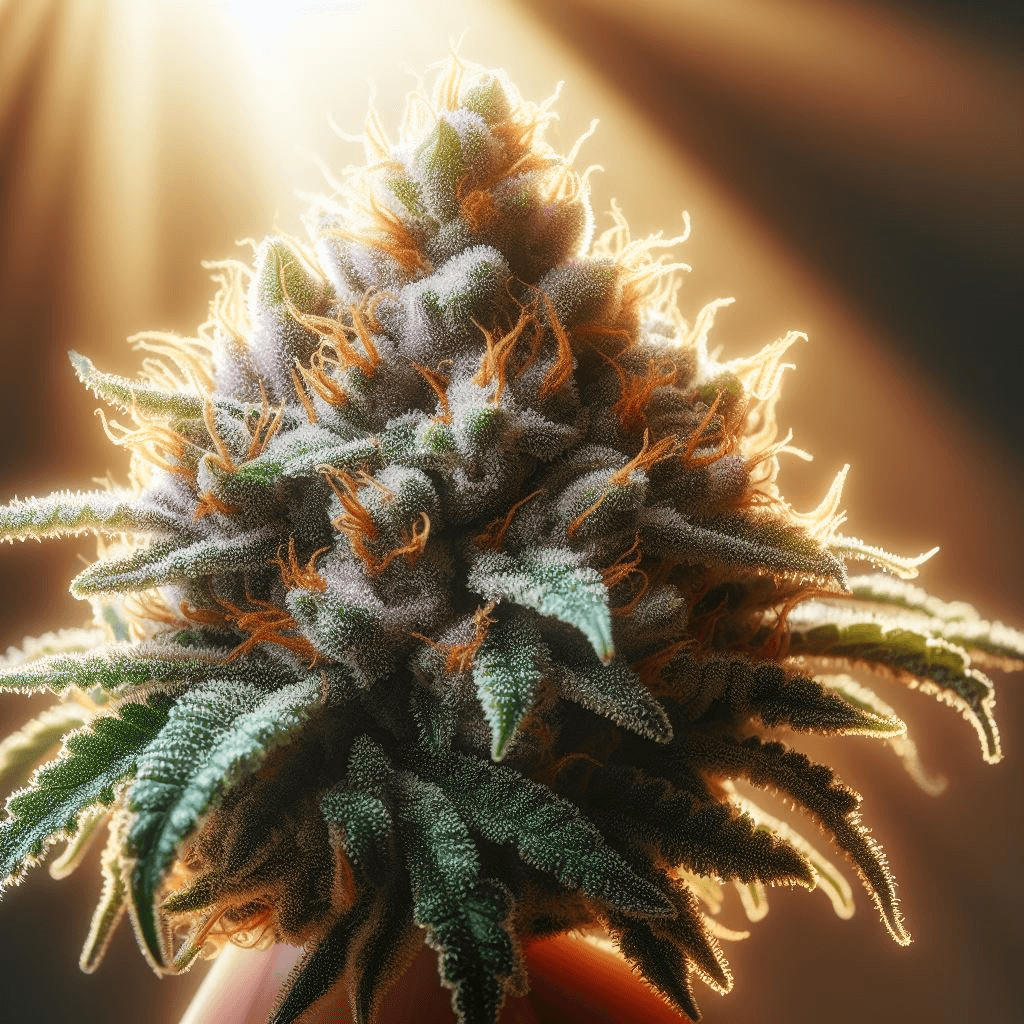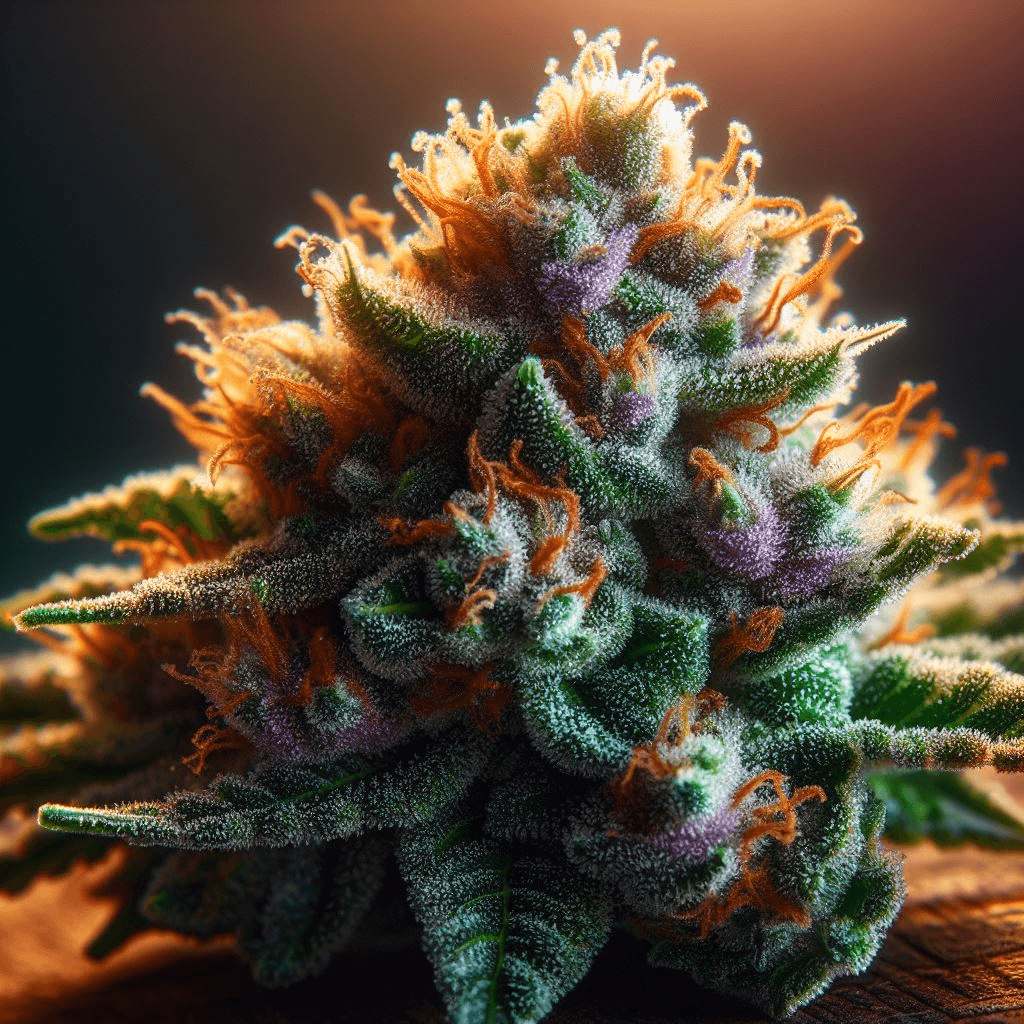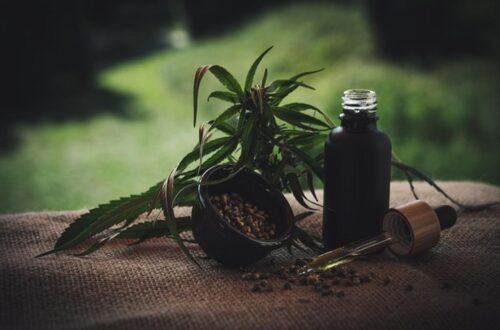Have you ever wondered what makes each cannabis strain unique? It’s not just about the THC or CBD content; there’s a lot more happening under the surface. Meet cannabinoids and terpenes, the dynamic duo that gives cannabis its signature effects and flavors.
Cannabinoids are the chemical compounds that interact with our body’s endocannabinoid system, influencing everything from mood to pain sensation. While THC and CBD are the most famous, there are over a hundred different cannabinoids, each offering its own unique benefits.
Then we have terpenes, the aromatic oils that give cannabis its distinctive smell and taste. These tiny molecules do more than just tickle your nostrils; they work in synergy with cannabinoids to enhance their effects.
Dive in as we explore the fascinating world of cannabinoids and terpenes and uncover how they shape your cannabis experience. Get ready for a journey through the hidden depths of your favorite plant.
Understanding Cannabinoids
Cannabinoids are the stars of the cannabis show. These naturally occurring compounds interact with our endocannabinoid system, a complex network that helps regulate many bodily functions, from appetite to immune response.
The most well-known cannabinoid is THC (tetrahydrocannabinol), famous for its psychoactive effects, giving you that well-known “high”. But there’s also CBD (cannabidiol), which is non-psychoactive and has gained popularity for its potential therapeutic benefits, including reducing anxiety and alleviating pain.
Beyond THC and CBD, there are many lesser-known cannabinoids worth exploring. For example, CBN (cannabinol) is mildly psychoactive and often praised for its sedative properties. CBG (cannabigerol) is being studied for its potential benefits related to glaucoma and antibacterial properties.
Each cannabinoid has its own unique profile and interacts with the body differently. This is why two strains of cannabis can produce such different effects, even if they have similar THC and CBD levels.
Understanding cannabinoids can help you make more informed choices about which cannabis products might be best for you. Knowing the distinct characteristics of each cannabinoid can guide you to the right strain for your needs, whether you’re seeking relaxation, pain relief, or a burst of creativity.
Key Differences Between Cannabinoids and Terpenes
While cannabinoids and terpenes might sound like scientific jargon, they play very different roles in the cannabis experience.
Cannabinoids, like we discussed before, are the primary compounds responsible for the effects of cannabis. THC and CBD are the main players, but there are many others like CBN and CBG that bring their own unique benefits to the table.
Terpenes, on the other hand, are aromatic compounds found in many plants, including cannabis. They’re what give cannabis its distinct smell and flavor. Think of them as the essential oils of the cannabis world.
But terpenes are more than just aroma. They also interact with cannabinoids to influence the plant’s overall effects, a phenomenon known as the “entourage effect.” For example, the terpene myrcene is thought to enhance the relaxing properties of THC.
While cannabinoids bind directly with receptors in our body’s endocannabinoid system, terpenes may alter the rate at which cannabinoids are absorbed or how they interact with neurotransmitters.
In essence, cannabinoids set the stage for the effects you feel, while terpenes add depth to the experience. Understanding both can help you choose cannabis products tailored to your specific preferences and needs.
Exploring Major Cannabinoids in Cannabis
Cannabis is like a treasure chest of cannabinoids, each offering its own unique benefits. Let’s dive into some of the major ones you should know about.
First up, there’s THC or tetrahydrocannabinol. This is the most well-known cannabinoid and is responsible for the psychoactive effects, or the “high,” that people experience. It’s also been found to help with pain relief, appetite stimulation, and insomnia.
Then there’s CBD, short for cannabidiol. Unlike THC, CBD is non-psychoactive, which means it won’t get you high. Instead, it’s known for its calming effects and is commonly used to treat anxiety, inflammation, and even epilepsy.
Another interesting cannabinoid is CBG or cannabigerol. It’s often referred to as the “mother of all cannabinoids” because other cannabinoids are derived from its acidic form. CBG is thought to have potential benefits for glaucoma, inflammatory bowel disease, and even antibacterial properties.
CBN, or cannabinol, is another compound worth mentioning. This cannabinoid usually forms as THC ages. It’s mildly psychoactive and is renowned for its sedative effects, making it a favorite for those struggling with sleep disorders.
Each cannabinoid works in its own unique way, interacting with your body’s endocannabinoid system to promote balance and well-being. Whether you’re looking for pain relief, anxiety reduction, or a better night’s sleep, understanding these major cannabinoids can help you make more informed choices.

How Terpenes Influence Cannabis Effects
Now let’s talk about terpenes. These are aromatic compounds found in many plants, including cannabis, and they play a significant role in how different strains affect you.
Ever notice how some cannabis strains have a citrusy scent, while others smell earthy or piney? That’s terpenes at work! They not only give cannabis its unique aroma but also contribute to its effects.
Myrcene, for example, is one of the most common terpenes in cannabis. It’s known for its earthy, musky scent and has relaxing properties, often enhancing the sedative effects of THC.
Then there’s limonene, which smells like—you guessed it—lemons! This terpene tends to have uplifting and mood-enhancing properties, making it popular for those battling stress or anxiety.
Pinene, another prevalent terpene, has a fresh, pine-like aroma. It is thought to improve focus and memory, and it also has anti-inflammatory properties.
Linalool is a floral-scented terpene that’s also found in lavender. It’s known for its calming and anti-anxiety effects, making it great for people seeking stress relief.
These terpenes don’t just work in isolation; they interact with cannabinoids like THC and CBD to create what’s known as the “entourage effect.” This means the combined effects of cannabinoids and terpenes can be significantly different and more beneficial than when taken alone.
Understanding terpenes can help you choose the right cannabis strain tailored to your specific needs, whether you’re looking to relax, get some stress relief, or boost your mood.
The Entourage Effect of Cannabinoids and Terpenes
Alright, now let’s dive into the entourage effect. This fascinating concept is all about how cannabinoids and terpenes work better together than alone.
Imagine attending a concert. Sure, the lead singer is amazing, but the experience reaches a new level when the entire band plays together. That’s kind of what happens with cannabis compounds.
Cannabinoids Team Up
Cannabinoids like THC and CBD often steal the spotlight, but they’re not solo performers. When combined with other cannabinoids and terpenes, their effects can be enhanced or even altered in amazing ways. For instance, CBD can temper the psychoactive effects of THC, making for a more balanced experience.
Terpenes Join In
Now, bring terpenes into the mix! As we mentioned earlier, these aromatic compounds interact with cannabinoids to create a range of effects. Think of terpenes as the backup singers and instrumentalists, adding depth and nuance to the overall performance.
For example, a strain with both high THC and the terpene linalool might offer strong pain relief while also providing a soothing, calming effect. On the other hand, a strain with THC and limonene could elevate your mood and give you an energizing boost.
The entourage effect shows that the sum is greater than its parts. Understanding this synergy can help you tailor your cannabis experience more precisely, whether you’re aiming for relaxation, pain relief, or a burst of creativity.
So, next time you’re picking out a cannabis strain, remember: it’s not just about the THC or CBD percentage. Keep an eye on those terpenes and other cannabinoids—they’re all part of the same incredible orchestra!
The Bottom Line: Harnessing the Power of Cannabinoids and Terpenes
So, where does all this leave us? When it comes down to it, understanding cannabinoids and terpenes can open up a whole new world of possibilities.
Rather than just focusing on one aspect of cannabis, such as THC or CBD levels, you now know how other components like terpenes play a crucial role. It’s much like appreciating a gourmet meal—not just the main ingredients, but also the spices and herbs that elevate the entire dish.
This knowledge empowers you. Whether you’re seeking relief from pain, looking for relaxation, or in need of a creativity boost, the right combination of cannabinoids and terpenes can make all the difference. Instead of a one-size-fits-all solution, you can now tailor your cannabis experience to your specific needs.
Additionally, being informed about the entourage effect allows for smarter choices in selecting cannabis products. You won’t be swayed solely by high THC percentages or the presence of CBD. Instead, you’ll look for a harmonious blend that can deliver the exact effects you’re hoping for.
In conclusion, understanding cannabinoids and terpenes isn’t just for scientists or cannabis connoisseurs—it’s for anyone looking to maximize their experience. Armed with this knowledge, you can make choices that not only suit your needs but also enhance your overall well-being.
So next time you find yourself exploring the world of cannabis, remember: it’s all about the synergy. With the right knowledge, you can truly harness the power of cannabinoids and terpenes for a more personalized and effective experience. Happy exploring!






